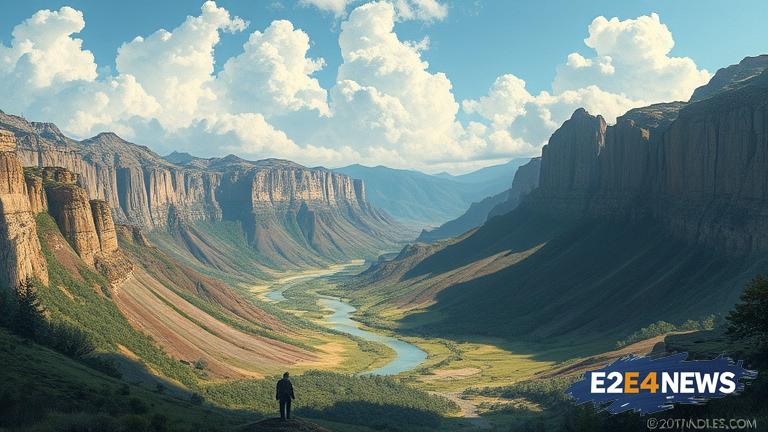The world is full of incredible destinations, but some places are so inhospitable that they push human endurance to the limit. From the scorching hot deserts to the freezing cold tundras, there are certain locations that are better left unexplored. The Danakil Depression in Ethiopia, for example, is one of the hottest and most inhospitable places on Earth, with temperatures often reaching as high as 64°C (147°F) and an annual rainfall of just 25 mm (1 in). The region is also home to numerous volcanoes, geysers, and hot springs, making it a highly unstable and dangerous environment. Another extreme location is the Verkhoyansk region in Russia, which experiences the largest temperature range on the planet, with temperatures varying from -67.8°C (-90°F) in winter to 37.8°C (100°F) in summer. The region is also known for its extreme cold snaps, with temperatures sometimes dropping to as low as -71.2°C (-96°F). The Atacama Desert in Chile is another place that is not suitable for human habitation, with some areas receiving as little as 0.01 inches (0.25 mm) of rainfall per year. The desert is also home to numerous geysers, hot springs, and salt flats, making it a unique but inhospitable environment. The Great Blue Hole in Belize is a stunning natural wonder, but it’s also a very dangerous place, with strong currents and a lack of oxygen making it difficult for humans to explore. The Mariana Trench in the Pacific Ocean is the deepest point on Earth, with a depth of over 36,000 feet (10,973 meters), and is an extremely hostile environment, with pressures reaching over 1,000 times that of sea level. The Gobi Desert in Mongolia is another extreme location, with temperatures often reaching as high as 38°C (100°F) in summer and dropping to as low as -40°C (-40°F) in winter. The region is also known for its strong winds and limited access to water, making it a challenging place to survive. The Death Valley National Park in California is one of the hottest places on Earth, with temperatures often reaching as high as 49°C (120°F) in summer. The park is also home to numerous unique geological features, including the Badwater Salt Flat, which is the lowest point in North America. The Ittoqqortoormiit settlement in Greenland is a remote and inhospitable place, with temperatures often dropping to as low as -40°C (-40°F) in winter and limited access to basic necessities like food and water. The region is also known for its strong winds and icy seas, making it a challenging place to live. The Surtsey Island in Iceland is a unique and inhospitable environment, with the island being formed by volcanic eruptions in the 1960s. The island is still growing, with new land being formed by ongoing volcanic activity, and is home to a unique and fragile ecosystem. The McMurdo Station in Antarctica is one of the most inhospitable places on Earth, with temperatures often dropping to as low as -40°C (-40°F) in winter and limited access to basic necessities like food and water. The region is also known for its strong winds and icy seas, making it a challenging place to live. The Snake Island in Brazil is a highly venomous and inhospitable place, with the island being home to numerous species of venomous snakes, including the golden lancehead viper. The island is also home to a unique and fragile ecosystem, with numerous species of plants and animals that are found nowhere else on Earth. The Kerguelen Islands in the southern Indian Ocean are a remote and inhospitable archipelago, with temperatures often dropping to as low as -10°C (14°F) in winter and limited access to basic necessities like food and water. The region is also known for its strong winds and icy seas, making it a challenging place to live. The Oymyakon village in Russia is the coldest permanently inhabited settlement on Earth, with temperatures often dropping to as low as -50°C (-58°F) in winter. The region is also known for its limited access to basic necessities like food and water, making it a challenging place to survive. The Mount Waialeale in Hawaii is one of the wettest places on Earth, with an average annual rainfall of over 450 inches (11,430 mm). The region is also home to numerous unique geological features, including the Wailua River, which is one of the most scenic and remote rivers in the world. The region is also known for its strong winds and limited access to basic necessities like food and water, making it a challenging place to live.





